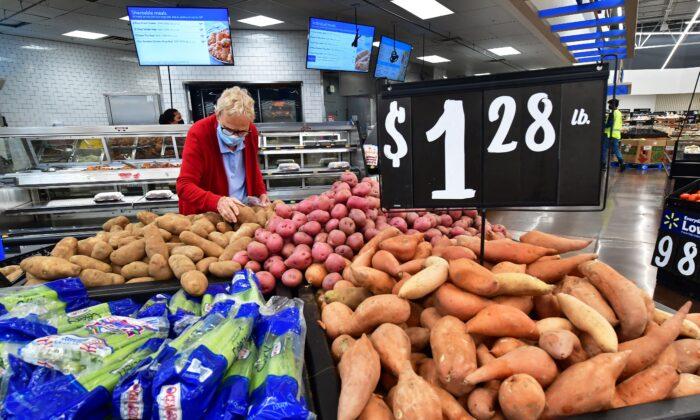The “transitory” inflation, as it has been called by the Federal Reserve officials, may stay around longer than expected, even with the Fed working to lower inflation through monetary policy.
In March, the Fed raised the target range from 0.25 percent to 0.5 percent, the first-rate increase since the end of 2018. Economists are anticipating up to eight rate increases this year, for an end goal of 1.9 percent.
The U.S. Department of Labor reported that in March, consumer prices increased by 8.5 percent, the most significant 12-month advance since December 1981.
While the April CPI inflation report is expected on May 11, we can look back on March CPI to see how supply chain issues, increased demand, COVID-19 concerns, and the “Putin Price Hike” have affected certain regions and the prices of everyday products.
Goods, Products, and Services
Gasoline (all types): 48 percentUsed cars and trucks: 35.3 percent
Lodging away from home: 25.1 percent
Airline fares: 23.6 percent
Car and truck rental: 23.4 percent
Bacon, breakfast sausage, and related products: 18.2 percent
Living room, kitchen, and dining room furniture: 16.8 percent
Men’s suits, sports coats, and outerwear: 14.5 percent
Milk: 13.3 percent
Regions, Cities
Tampa-St. Petersburg-Clearwater, FL: 10.2 percentRiverside-San Bernardino-Ontario, CA: 10 percent
Denver-Aurora-Lakewood, CO: 9.1 percent
Dallas-Fort Worth-Arlington, TX: 9 percent
Los Angeles-Long Beach-Anaheim, CA: 8.5 percent
Minneapolis-St. Paul-Bloomington, MN-WI: 8.2 percent
San Diego-Carlsbad, CA: 7.9 percent
Chicago-Naperville-Elgin, IL: 7.8 percent
Boston-Cambridge-Newton, MA-NH: 7.3 percent
Washington-Arlington-Alexandria, DC-VA-MD-WV: 7.3 percent





